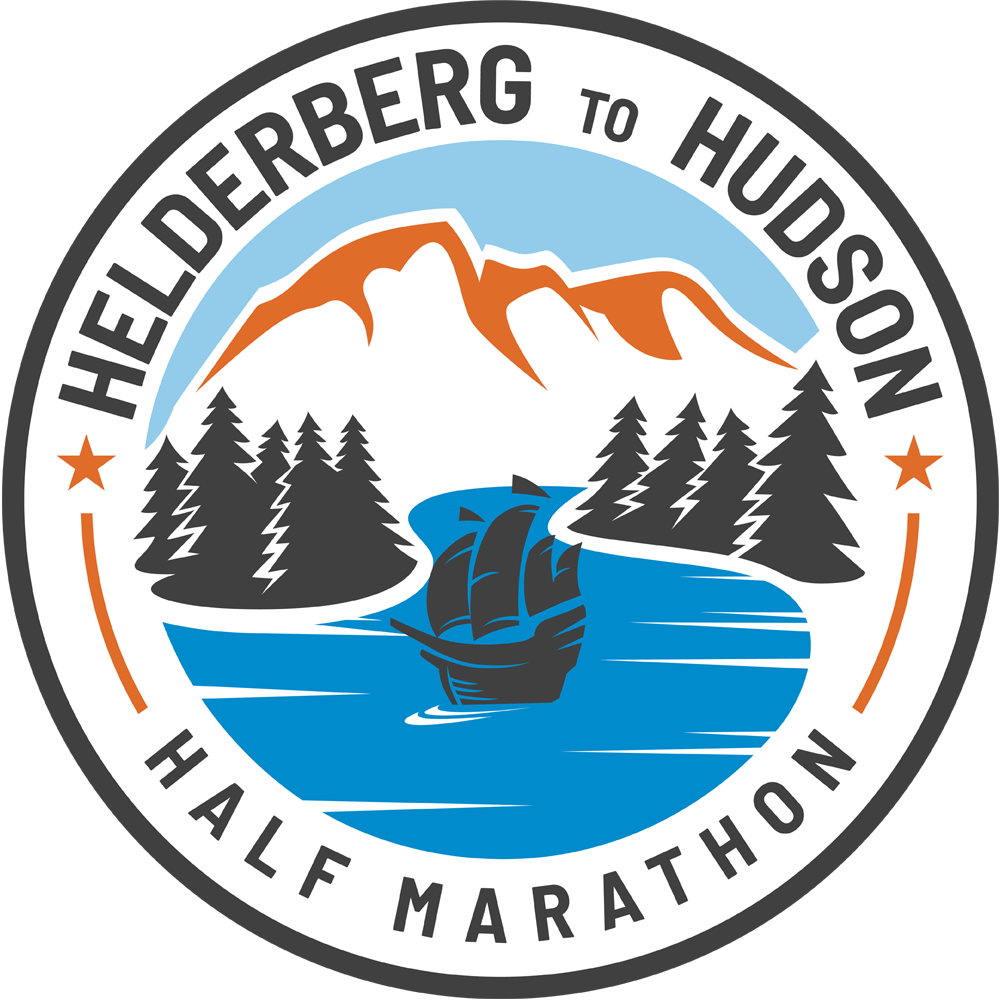In preparation for the
Helderberg to Hudson Half Marathon and
Miles on the Mohawk Marathon,
we are excited to be providing two pre-planned, printable, training programs to help you have a great training cycle and your best race possible.
Each level is customized based on current running mileage and past running experience and designed to accommodate either of the following two scenarios:
- You are running the Helderberg to Hudson Half Marathon (and not the Miles on the Mohawk Marathon).
- You are running the Miles on the Mohawk Marathon (and possibly also the Helderberg to Hudson).
If you are running the 13.1 but not the 26.2, then, where applicable, you'll want to do the "HM" option for the weekend long run.
If you are running the 26.2, do the "MAR" weekend long run option.
Each plan includes notes about training and highlights Capital Region events that present good opportunities to get in your run
with the company of others (events such as the HMRRC Winter Series runs and Albany Running Exchange events).
When it comes to running plans, there is no such thing as "one-size fits all" and there is no replacement for one-on-one run coaching,
but having a plan can help guide you, keep you on track, and give you the motivation to reach your running goals.
With that, use these principles to guide you through your training, regardless of which plan you choose:
- First and foremost, try to have as much fun as possible and to not take yourself too seriously.
- Accept where you are and work toward your goals from there. Trying to outrun your fitness is a fast way to burnout and injury. If you are just starting out, or coming back after some time off, don't be afraid to run/walk.
- Adapt your training to your life. These plans are guides and are likely not going to be a perfect fit for you. Evaluate the whole plan and try to find a path forward that is going to work best for your current fitness and your life.
- Make adjustments that work for you. For example, switching Saturdays and Sundays or substituting a cross-training day for an easy running day.
- Focus on consistency. Try to avoid large swings in training and instead accept that it's okay to do less if you are able to be more consistent. Even 10 minutes can be better than nothing.
- Fuel your running. Always. This means fueling well in your everyday life and while running. This is especially important for marathon training. Aim to fuel every run that is going to be 90 minutes or longer. The best way to figure out what works for you and what your body needs is to experiment and to work with a registered dietician.
- Run mostly easy. Like doing too much too soon, running too fast too often is a fast track to injury and burnout. And start your runs very easy, letting the body warm-up. Make it a bit of a game with yourself to try and make your first mile of each run your slowest, slower than you even think you have to go.
- Pay attention to your body and rest as needed. Aches and pains will inevitably pop up. Listen to your body and know that one day off now can mean the difference between an ache and an injury. See an expert (I suggest a PT that works with runners) if you're in doubt.
- Know that the "little things" like sleep, nutrition, strength, stress management, etc. are actually pretty big things. Even the best designed training plan can't make up for things like poor sleep. Take this as an opportunity to make other small improvements that allow you to live a healthier and happier life.
Level 1 Training Program
- Beginner runners
- First half or marathon
- Currently running 5 - 20 miles/week
- Can prioritize running 4 days/week
Level 2 Training Program
- Have run at least one half or marathon and are looking to improve their time
- Currently running 20+ miles/week
- Have done some speedwork before
- Will be able to prioritize running 4-6 days/week
